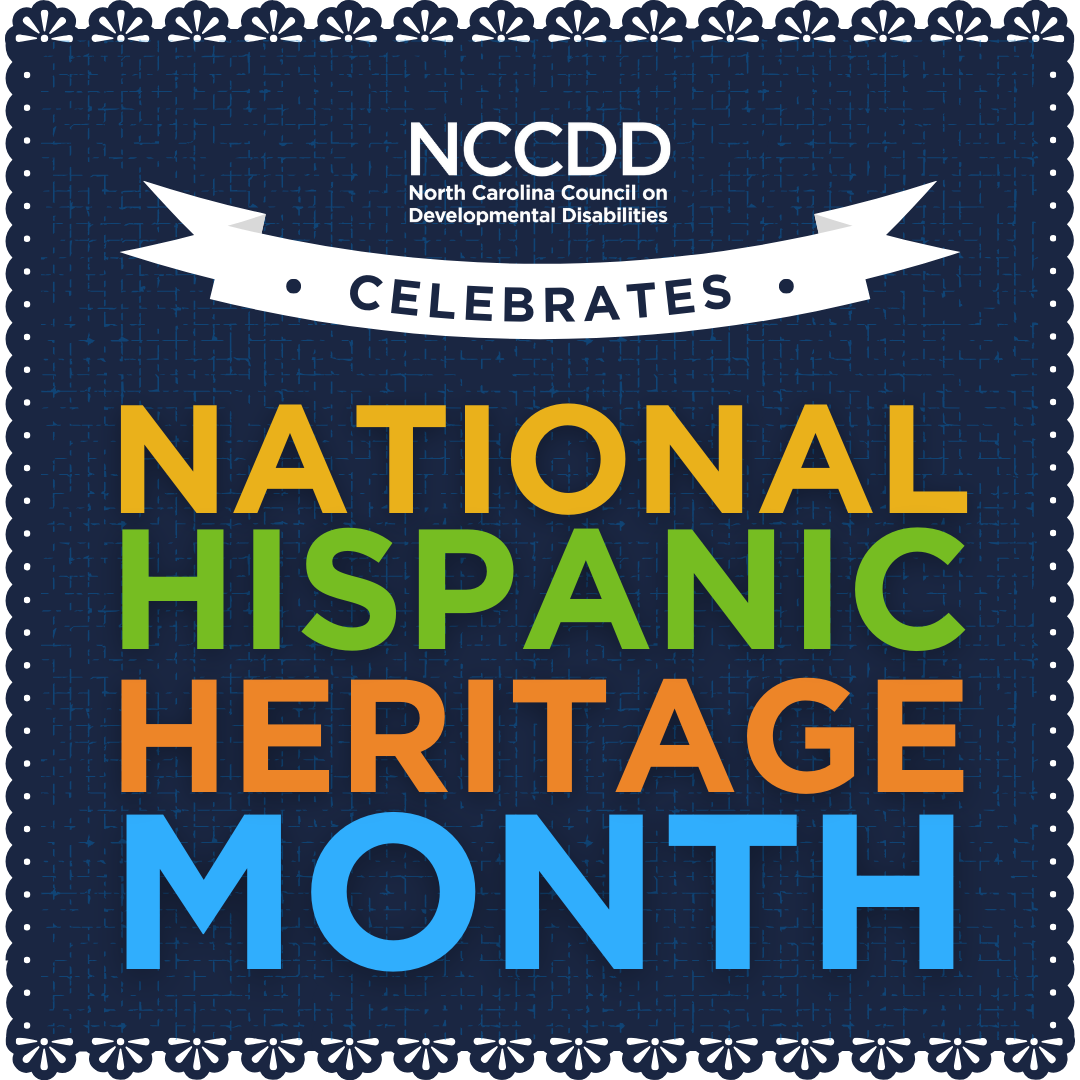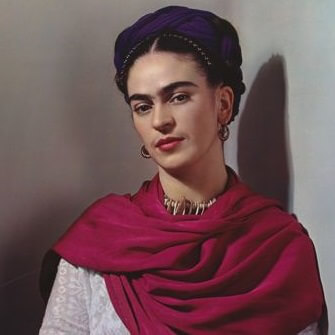National Hispanic Heritage Month - Frida Kahlo: Disability and Art Intertwined

¡Celebre el Mes Nacional de la Herencia Hispana con el Consejo de Carolina del Norte sobre Discapacidades del Desarrollo! Esta celebración se lleva a cabo anualmente del 15 de septiembre al 15 de octubre. Durante este tiempo, proporcionaremos artículos semanales para crear conciencia sobre la población hispana que tiene discapacidades. Lea la versión en español
Celebrate National Hispanic Heritage Month with the North Carolina Council on Developmental Disability! This celebration takes place annually from September 15 through October 15. During this time, we will provide weekly articles to raise awareness about the Hispanic population who have disabilities. Read the English version
Frida Kahlo: discapacidad y arte entrelazados
 Continuando con la celebración de mes de la Herencia Hispana, una de las figuras más destacadas de la comunidad latina con discapacidad en el desarrollo lo es Frida Kahlo.
Continuando con la celebración de mes de la Herencia Hispana, una de las figuras más destacadas de la comunidad latina con discapacidad en el desarrollo lo es Frida Kahlo.
Magdalena del Carmen Frida Kahlo Calderón nació en la Ciudad de México, el 6 de julio del 1907 y falleció en 1954 a los 47 años.
A los seis años enfermó de poliomielitis, (enfermedad discapacitante y potencialmente mortal causada por el virus de la poliomielitis o poliovirus.) La poliomielitis le dejó una secuela permanente: la pierna derecha era mucho más delgada que la izquierda. Es por esto que Frida usaba unas faldas largas muy vistosas. Por otra parte, de adolescente, tuvo un accidente de tráfico. Un pasamano de acero se le incrustó en la cadera y la atravesó. Sufrió lesiones considerables en la columna y la pelvis. Mientras se recuperaba, empezó a pintar.
Gran parte de sus cuadros los realizó sentada o acostada. Tenía un caballete personalizado que podía usar mientras estaba acostada en la cama para poder seguir pintando.
Frida logró ser una pintora reconocida a nivel internacional. Entre sus obras se destaca “La columna rota”, autorretrato donde está sola, llorando en una vasta llanura bajo un cielo tormentoso. Para algunos estudiosos del mundo del arte, fue una manera de expresar la importancia de manejar el dolor físico y emocional. Según Frida, “Pinto autorretratos porque a menudo estoy sola, porque soy la persona que mejor conozco.”
Se considera que sus pinturas y su estilo reflejan el "realismo mágico", un término introducido en 1925. No sólo son importantes para sus obras la técnica y el estilo de su arte, sino también su perspectiva y motivación para su arte.
La vida y obra de Frida ha transcendido tiempo y lugar. Libros, documentales y películas, se han realizado resaltando su existencia y arte.
Para más información sobre la vida y obra de Frida Kahlo puede acceder a www.fridakahlo.org.
Frida Kahlo: disability and art intertwined
Continuing with the celebration of Hispanic Heritage Month, one of the most prominent figures of the Latino community with developmental disabilities is Frida Kahlo.
Magdalena del Carmen Frida Kahlo Calderón was born in Mexico City on July 6, 1907, and died in 1954 at age 47.
At age six she became ill with polio (a disabling and life-threatening disease caused by the poliovirus.) Polio left a permanent injury: her right leg was much thinner than her left. This is why Frida wore very showy long skirts. On the other hand, as a teenager, she had a traffic accident. A steel handrail was embedded in her hip and pierced her. She suffered considerable injuries to her spine and pelvis. While recovering, she began to paint.
Much of her paintings were made sitting or lying down. She had a custom easel that she could use while lying in bed so she could continue painting.
Frida managed to be an internationally recognized painter. Among her works is "The Broken Column," a self-portrait where she is alone, crying on a vast plain under a stormy sky. For some art scholars, it was a way to express the importance of managing physical and emotional pain. According to Frida, "I paint self-portraits because I am often alone, because I am the person I know best."
Her paintings and style are considered to reflect "magical realism," a term introduced in 1925. Not only are the technique and style of her art important to her works, but also her perspective and motivation for her art.
Frida's life and work has transcended time and place. Books, documentaries, and films have been made highlighting her existence and art.
For more information about the life and work of Frida Kahlo you can access www.fridakahlo.org.